Azabudai Hills to bring a slice of wildness to Tokyo’s megacity
Heatherwick Studio’s design for Azabudai Hills aims to bring some soulfulness and a slice of wildness to the megacity
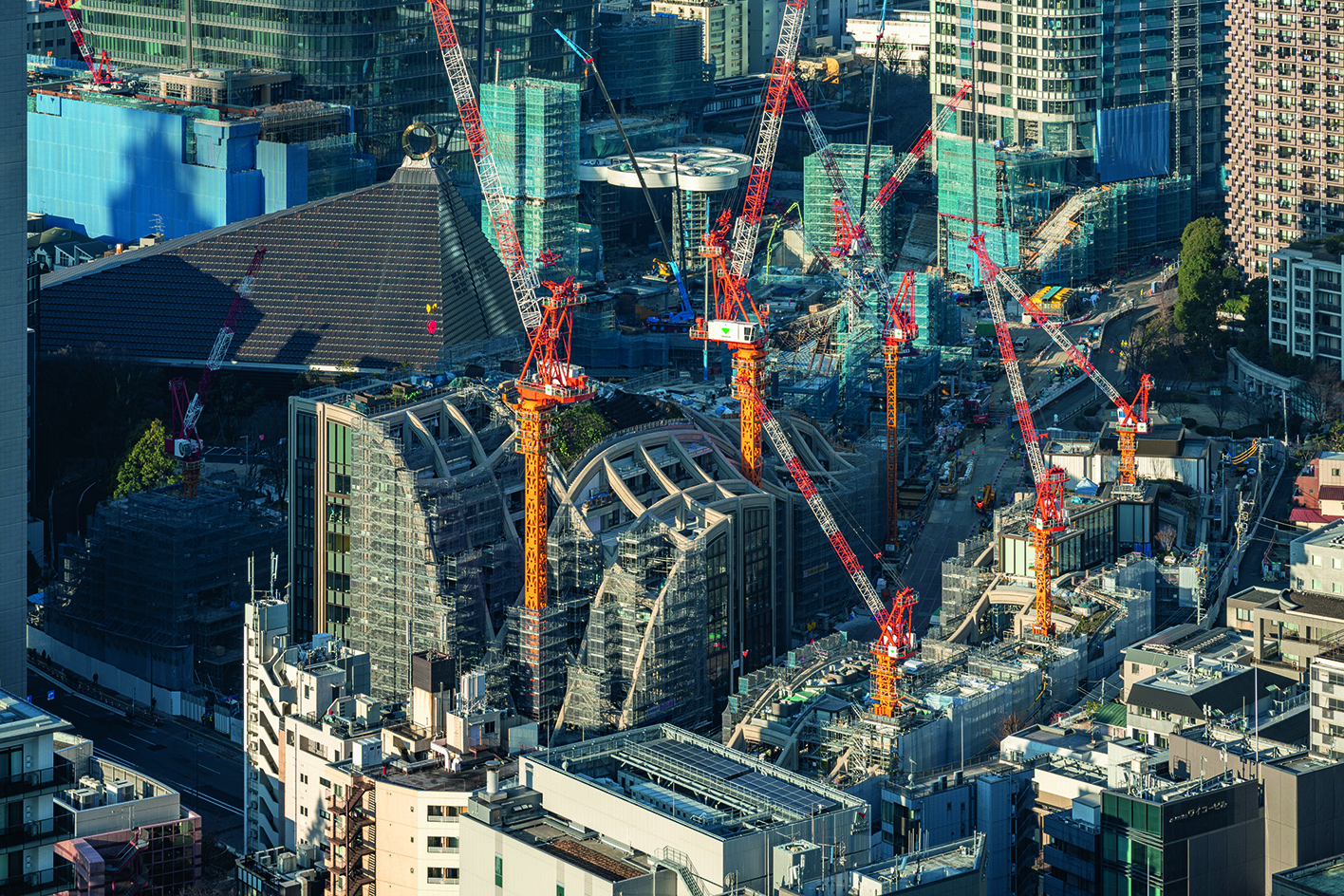
Spanning 8.1 hectares in the heart of Tokyo, Azabudai Hills is on track to shake up the sprawling cityscape when it opens this autumn. Made possible by three decades of meticulous planning, research and consultation by the Mori Building Company, the ambitious project aims to create a new human-centric paradigm for urban living.
Even by Tokyo’s cloud-brushing standards, Azabudai Hills is enormous. Currently in the final throes of its construction, this ‘city in a city’ will be home to an entire urban cosmos: 1,400 residences, offices for around 20,000 workers, and 150 shops and restaurants, plus a food market, the British School in Tokyo, a new TeamLab museum, Aman’s Janu Tokyo hotel and 11 floors of Aman Residences. It involves an impressive roster of creatives – Pelli Clarke & Partners has created three sleek skyscrapers; Sou Fujimoto designed the retail spaces; and Heatherwick Studio has dreamt up the organically flowing lower-level architecture, connecting the public area components through abundant greenery.

Heatherwick Studio's Azabudai Hills
Azabudai Hills broke ground in August 2019, with Thomas Heatherwick witnessing the Shinto priest blessings, as is customary at the start of construction projects in Japan – before switching to remote management due to the pandemic. Returning to Tokyo in September 2022 was a revelatory moment – not only in terms of the project’s tangible progression, but also due to the sharp cultural disparities in the construction industry (perhaps best embodied by the workers’ jackets, which have in-built air conditioning).
‘In the UK, we talk about construction work as managing conflict,’ says Heatherwick. ‘So I arrived in Tokyo thinking, what do we have to fight for? And everyone looked at me blankly. They are all endeavouring their absolute best to achieve what we really want within the budget and timescales. It’s one of the smoothest construction projects we have ever worked on.’ He adds: ‘I was inspired years ago by visiting Japanese craftspeople making religious artefacts for Buddhist temples. It’s seeing craft almost as a spiritual ritual. I could not see how that could possibly translate to the large-scale world of messy construction sites. But there was a real relationship between the two. This is the macro of the micro you see in workshops all across Japan.’

Central to Heatherwick’s design at Azabudai Hills is a large pergola-style steel structure, with its grid format manipulated to create an organically curved rooftop, upon which people can walk among undulating expanses of greenery. It was driven by a desire to explore the boundaries of the human scale within a densely packed city. ‘There are more humans than ever, but we are actually similar in size to hundreds or thousands of years ago,’ he says. ‘The challenge is how we can make something that both acknowledges its urban scale of us all coming together, but equally makes space for our human-ness. And so the master plan evolved to build three simple large towers – and between them, a more complex, almost village-like development on a far more human scale. We wanted to put some of the wildness squeezed out of cities back into the heart of the project.’
It’s a big year in Japan for Heatherwick: the construction of Azabudai Hills (his first completed project in the country) coincides with a major new exhibition, at the Mori Art Museum in Tokyo, highlighting 28 projects around the world. ‘Soulfulness is something we are really missing,’ he says. ‘We need to think about the built world around us in a more emotion-centred way. I am interested in how we look at buildings more with our feelings than our intellect. For me, it’s about how we can avoid soullessness.’
‘Heatherwick Studio: Building Soulfulness’ is on until 4 June at Mori Art Museum
Receive our daily digest of inspiration, escapism and design stories from around the world direct to your inbox.
A version of this article appears in the May 2023 issue of Wallpaper*, available in print, on the Wallpaper* app on Apple iOS, and to subscribers of Apple News +. Subscribe to Wallpaper* today
Danielle Demetriou is a British writer and editor who moved from London to Japan in 2007. She writes about design, architecture and culture (for newspapers, magazines and books) and lives in an old machiya townhouse in Kyoto.
Instagram - @danielleinjapan
-
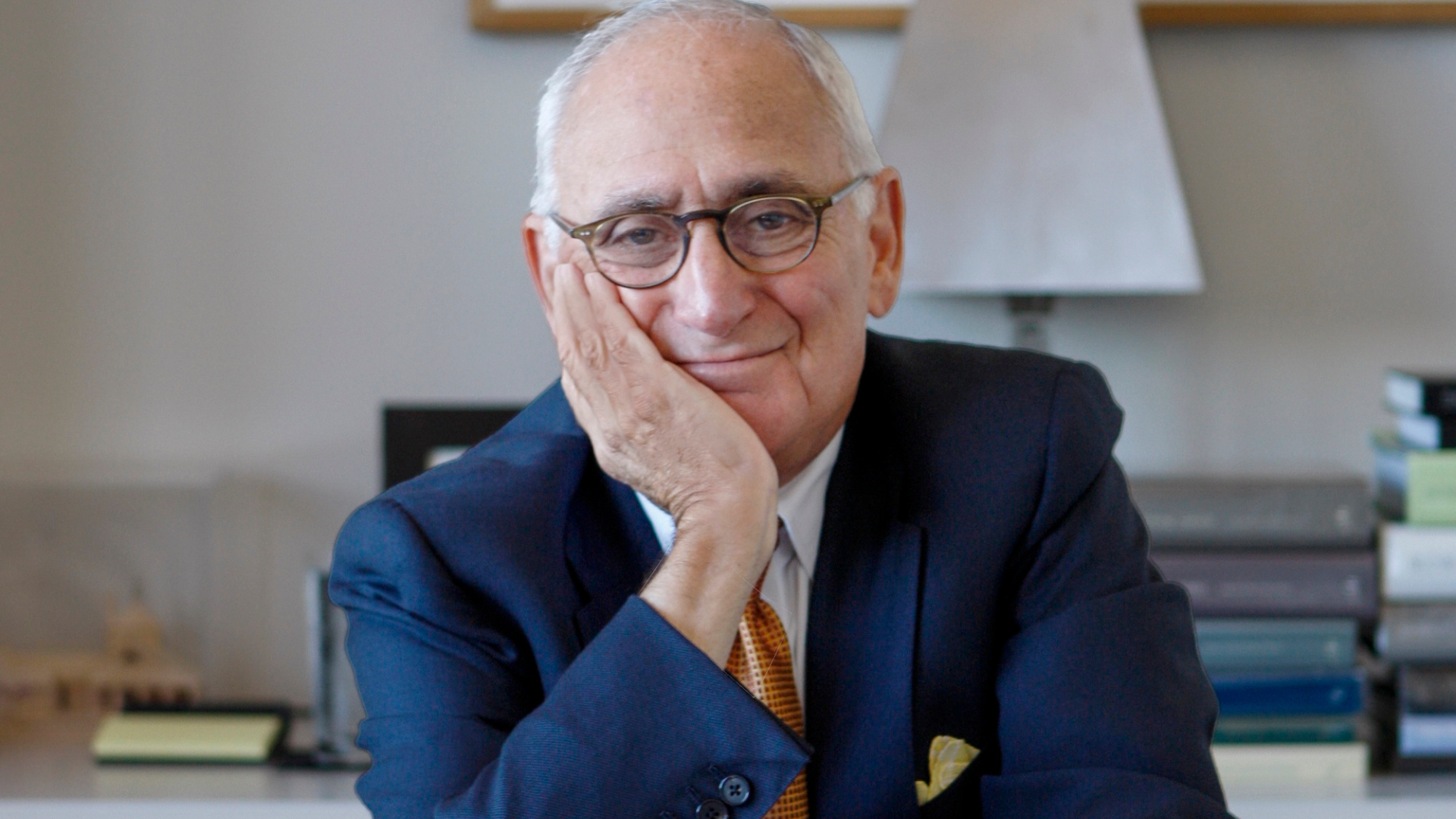 Remembering Robert A.M. Stern, an architect who discovered possibility in the past
Remembering Robert A.M. Stern, an architect who discovered possibility in the pastIt's easy to dismiss the late architect as a traditionalist. But Stern was, in fact, a design rebel whose buildings were as distinctly grand and buttoned-up as his chalk-striped suits
-
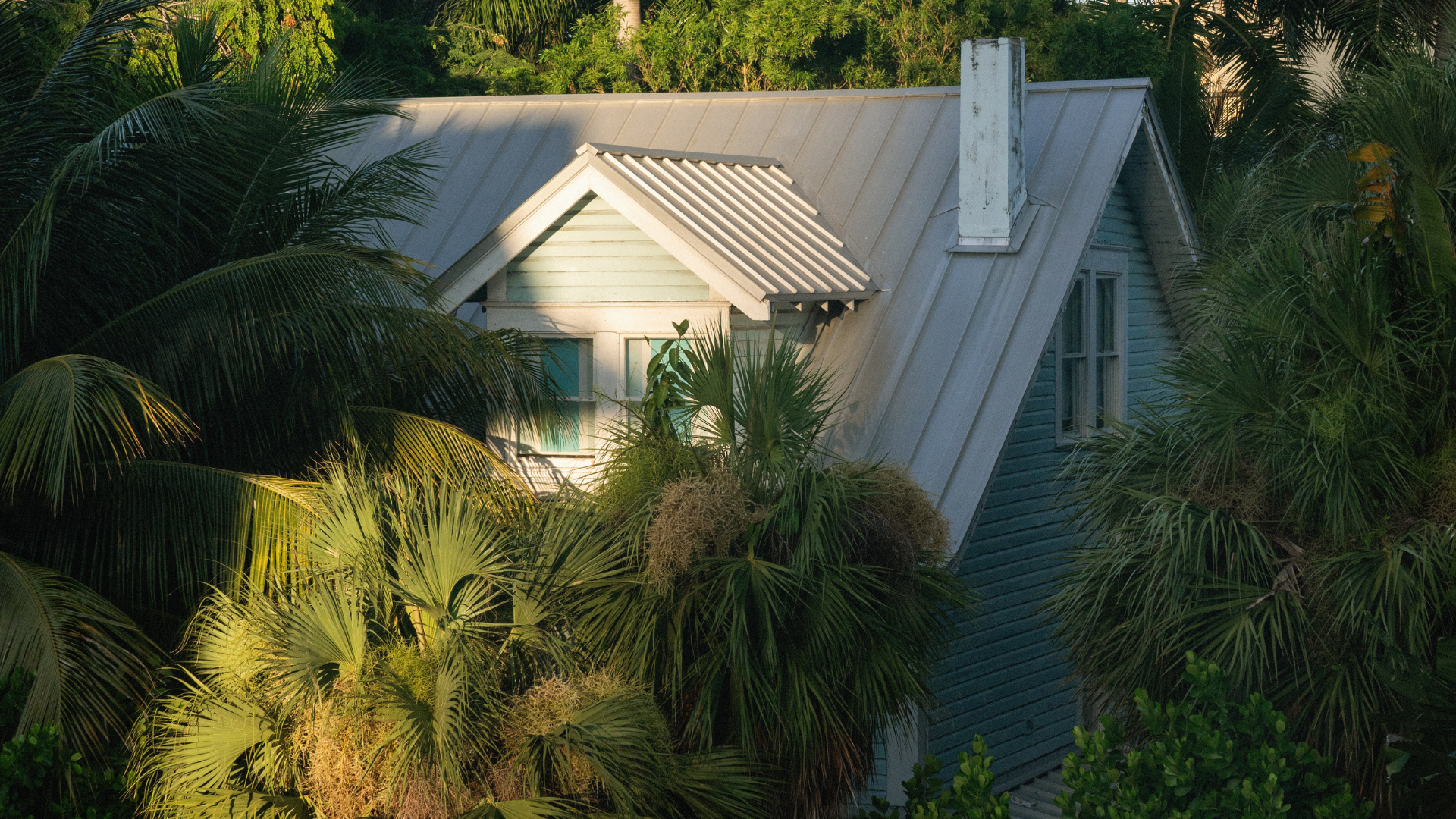 Didn't make it to Alcova Miami this year? These are our 10 favourite things
Didn't make it to Alcova Miami this year? These are our 10 favourite thingsAt the third US edition of the exhibition, designers reinterpreted ancient traditions, artfully refracted light and encouraged sexual exploration
-
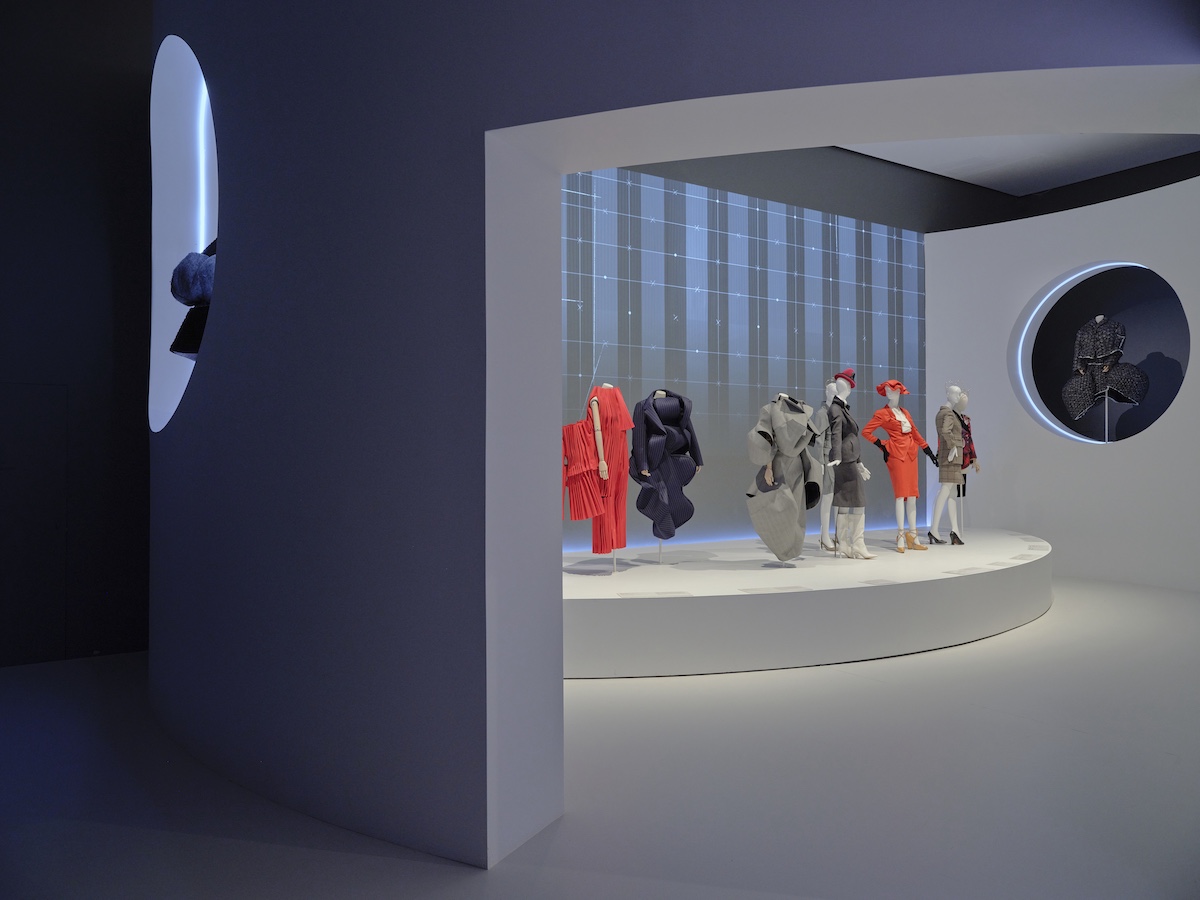 Inside the Melbourne exhibition which puts fashion renegades Rei Kawakubo and Vivienne Westwood in conversation
Inside the Melbourne exhibition which puts fashion renegades Rei Kawakubo and Vivienne Westwood in conversation‘Westwood Kawakubo’ at the National Gallery of Victoria (NGV) in Melbourne draws on the designers’ shared ‘spirit of rebellion’, curators Katie Somerville and Danielle Whitfield tell Wallpaper*
-
 Matsuya Ginza lounge is a glossy haven at Tokyo’s century-old department store
Matsuya Ginza lounge is a glossy haven at Tokyo’s century-old department storeA new VIP lounge inside Tokyo’s Matsuya Ginza department store, designed by I-IN, balances modernity and elegance
-
 The Architecture Edit: Wallpaper’s houses of the month
The Architecture Edit: Wallpaper’s houses of the monthThis September, Wallpaper highlighted a striking mix of architecture – from iconic modernist homes newly up for sale to the dramatic transformation of a crumbling Scottish cottage. These are the projects that caught our eye
-
 Utopian, modular, futuristic: was Japanese Metabolism architecture's raddest movement?
Utopian, modular, futuristic: was Japanese Metabolism architecture's raddest movement?We take a deep dive into Japanese Metabolism, the pioneering and relatively short-lived 20th-century architecture movement with a worldwide impact; explore our ultimate guide
-
 Thomas Heatherwick's 2025 Seoul architecture biennale calls for ‘radically more human’ buildings
Thomas Heatherwick's 2025 Seoul architecture biennale calls for ‘radically more human’ buildingsThe 2025 Seoul architecture biennale launches in the South Korean capital, curated by Thomas Heatherwick, who argues for creating buildings in tune with emotion, 'the thing that drives us'
-
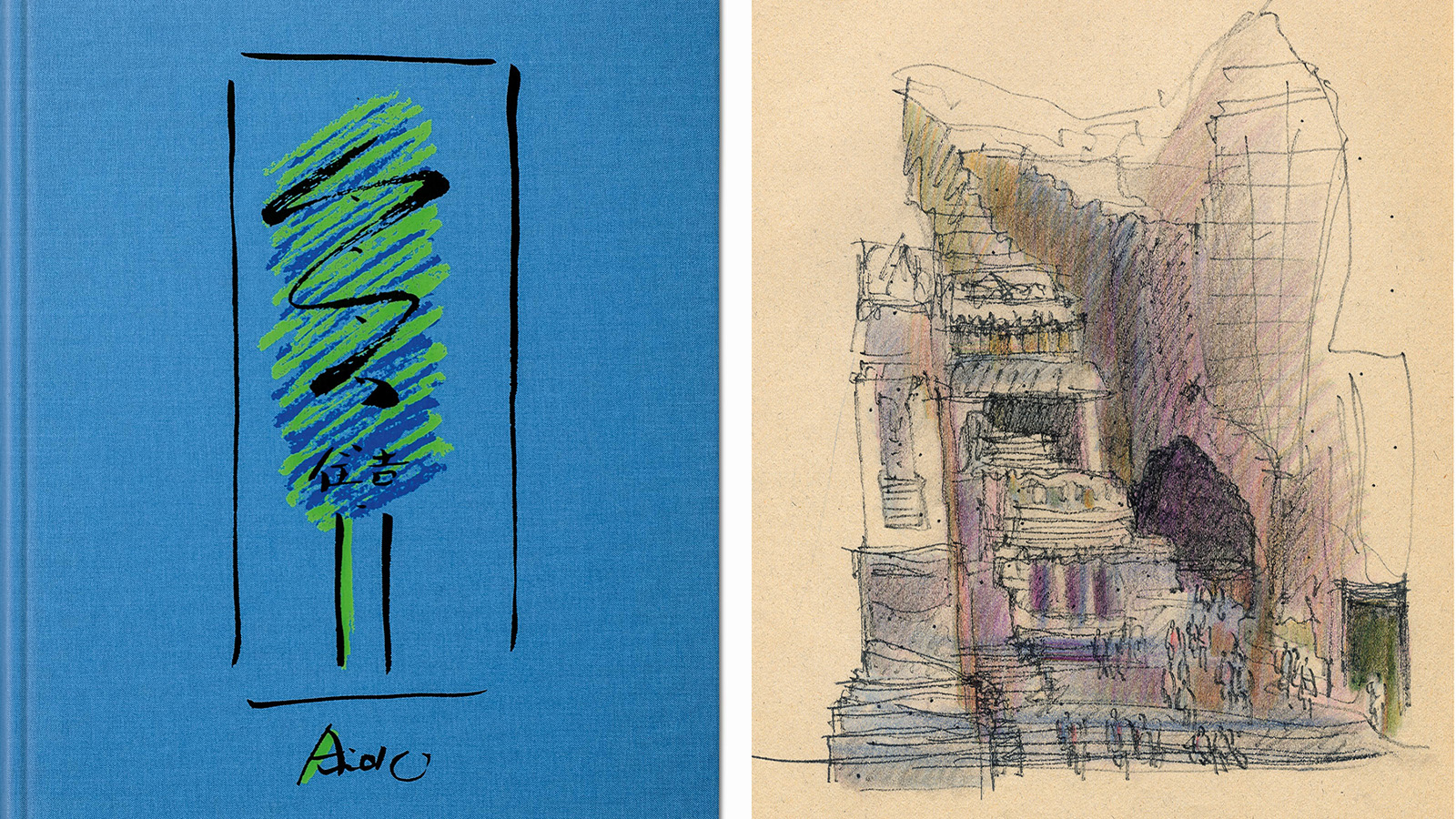 A new Tadao Ando monograph unveils the creative process guiding the architect's practice
A new Tadao Ando monograph unveils the creative process guiding the architect's practiceNew monograph ‘Tadao Ando. Sketches, Drawings, and Architecture’ by Taschen charts decades of creative work by the Japanese modernist master
-
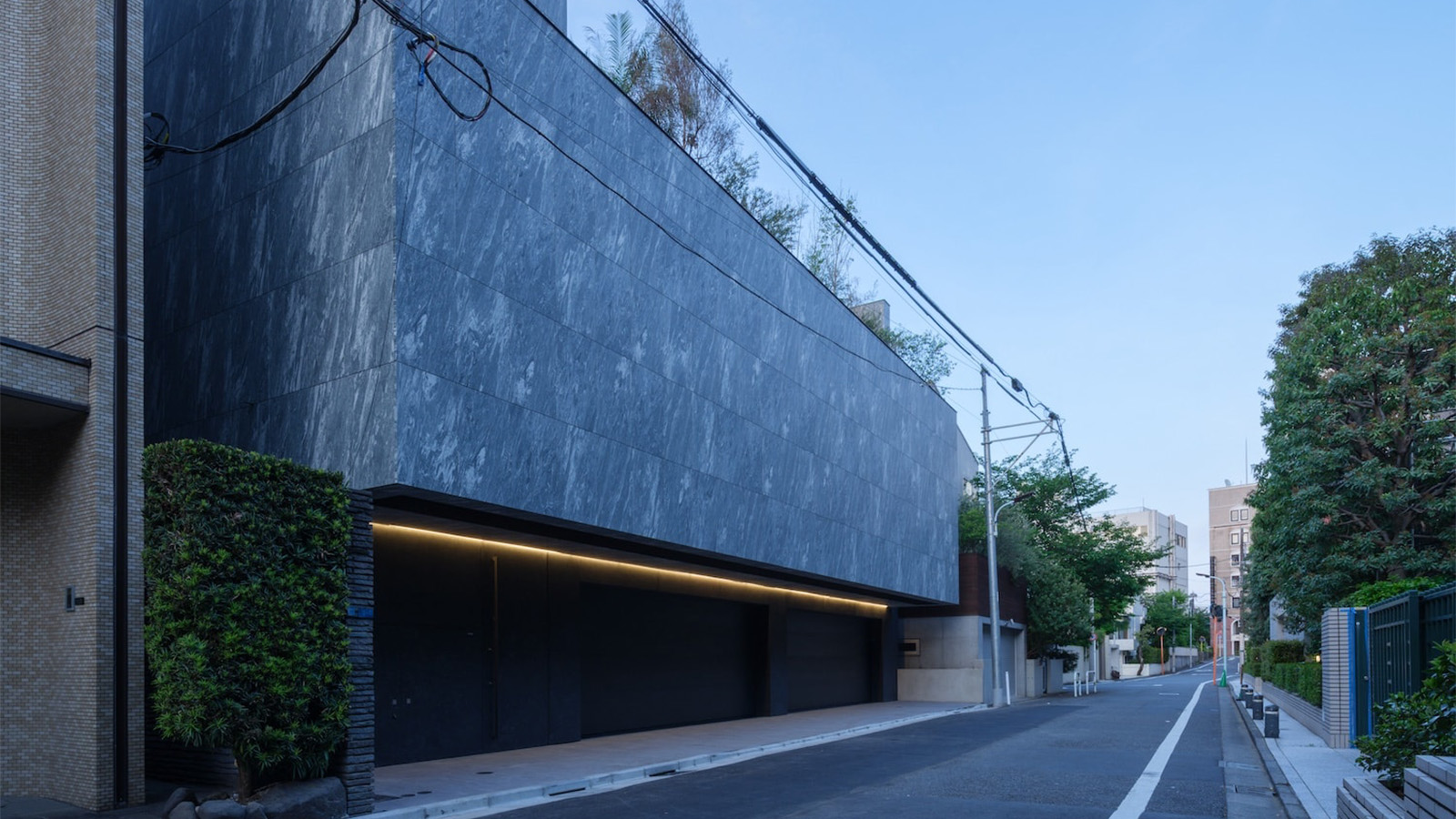 A Tokyo home’s mysterious, brutalist façade hides a secret urban retreat
A Tokyo home’s mysterious, brutalist façade hides a secret urban retreatDesigned by Apollo Architects, Tokyo home Stealth House evokes the feeling of a secluded resort, packaged up neatly into a private residence
-
 Landscape architect Taichi Saito: ‘I hope to create gentle landscapes that allow people’s hearts to feel at ease’
Landscape architect Taichi Saito: ‘I hope to create gentle landscapes that allow people’s hearts to feel at ease’We meet Taichi Saito and his 'gentle' landscapes, as the Japanese designer discusses his desire for a 'deep and meaningful' connection between humans and the natural world
-
 Campaigners propose reuse to save Kenzo Tange’s modernist ‘Ship Gymnasium’ in Japan
Campaigners propose reuse to save Kenzo Tange’s modernist ‘Ship Gymnasium’ in JapanThe Pritzker Prize-winning architect’s former Kagawa Prefectural Gymnasium is at risk of demolition; we caught up with the campaigners who hope to save it